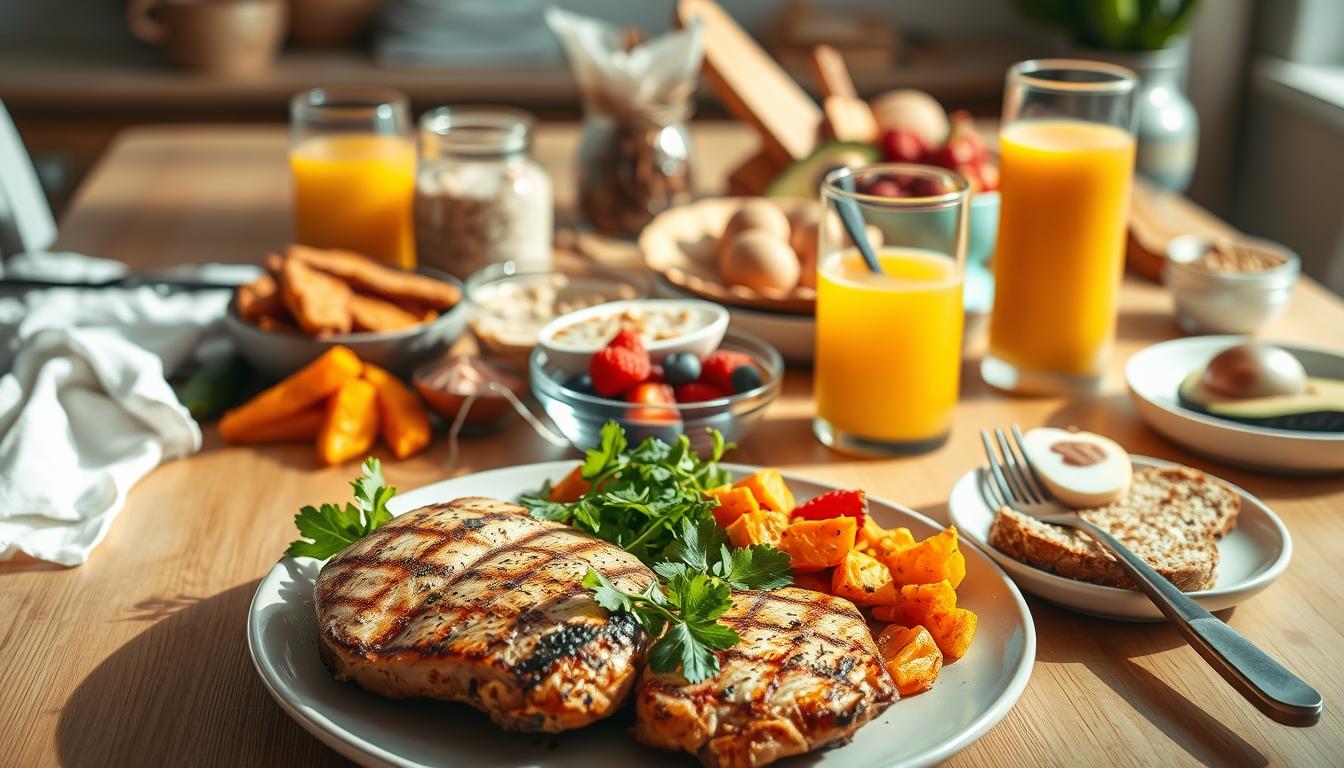A well-nourished body is essential for a successful workout. Research shows that a proper pre-workout meal can significantly enhance exercise performance and boost fat loss….
Tag: Energy-boosting foods
Caffeine-Free Energy Hacks: Boost Your Vitality
Did you know that over 80% of Americans consume caffeine daily, often as a quick fix for fatigue? However, relying on caffeine can lead to…

